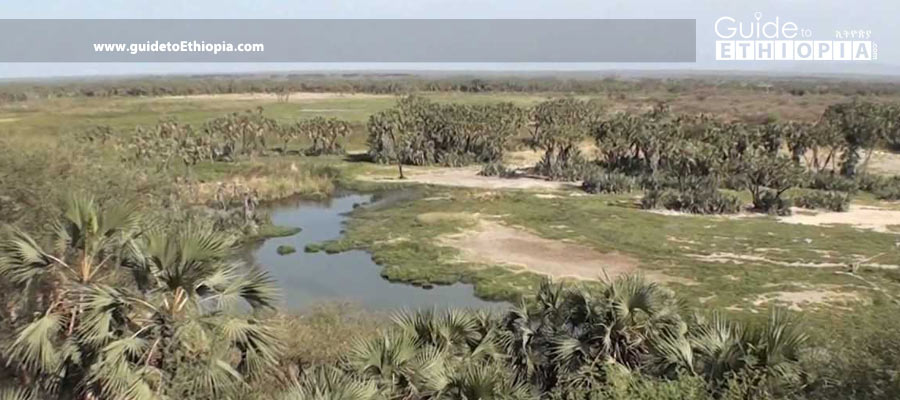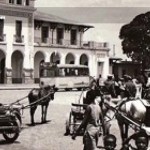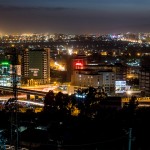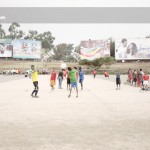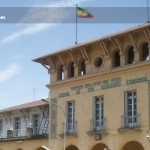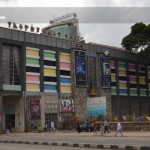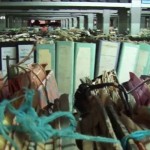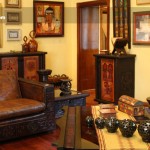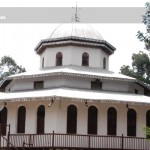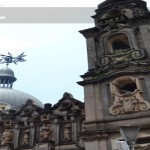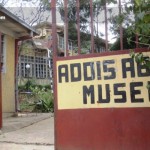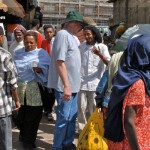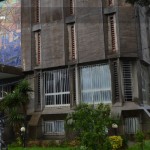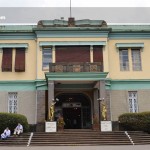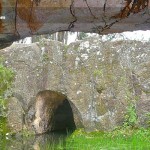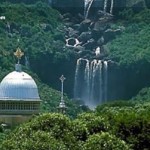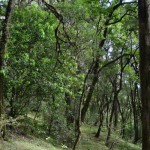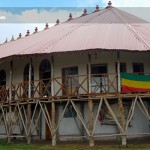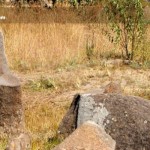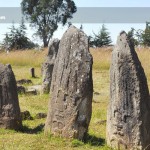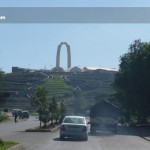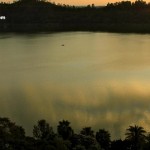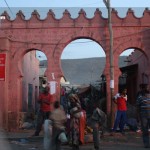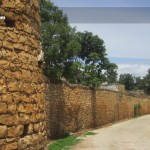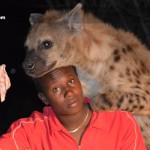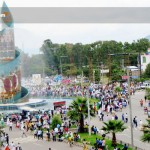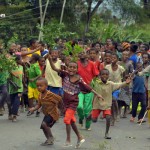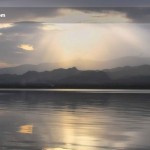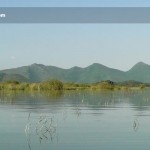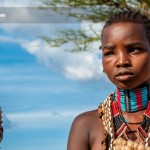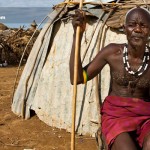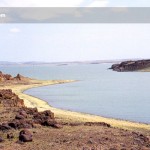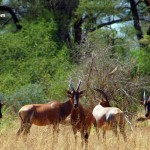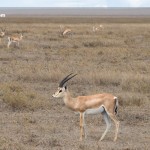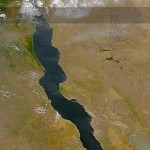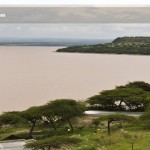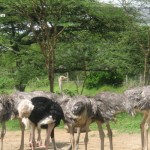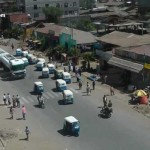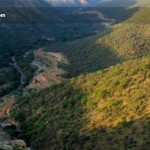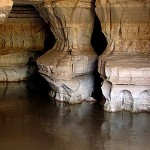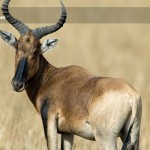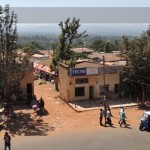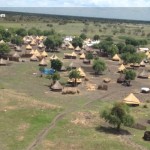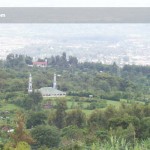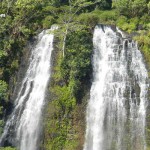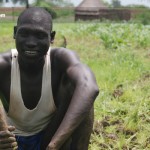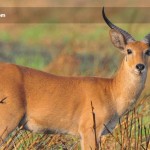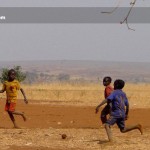The park is situated 227 km east of the capital in the dry acacia savanna of the Rift Valley in the Afar and Oromia regional states. It takes about four and half hours drive from Addis Abeba. The Park is bisected by the Dire Dawa road between Metehara and Awash Saba and takes its name from the 1200Km Awash River, which marks its southern boundary. It is one of Ethiopia’s oldest national parks, established in 1966. Elevation ranges from 750m to 2010m above sea level, with the average altitude hovering around 1000m. Short rains are expected from February to April and long rains from June to August. Temperatures can rise to 42 degrees C, but average temperatures are around 27 to 30 degrees C.
It is recommended to enter through the main gate first and travel down toward the Awash River. The park is open from 6:00am to 7:00pm. Visiting the park between June and January is best. Awash Falls Lodge is the best place to stay here and camping is also permitted in the park.
Major species conserved here include beisa oryx, Soemmering’s gazelle, defassa waterbuck, Salt’s dikdik, warthog, hamadryas baboon, Aardvark, greater and lesser Kudu, and reedbuck. More than 400 species of birds are found in the park, ranging from the large ostrich to tiny fire finches. Of these, 6 are endemic, namely the Banded barbet, golden-backed Woodpecker, Whitewinged cliff chat, white-tailed starling, thick-billed raven, and Wattled ibis. The waterfalls and hot springs (35km from the park entrance) in the Awash River Gorge are also beautiful. Lake Beseka and the dormant crater Fental’e are added attractions for visitors. You can visit Fental’e and Lake Beseka from Metehara town which is located very near around. Metehara town is known for its sugar plantation and you can also spot the pastoralist Kereyu people from Metehara, who have a similar hairstyle with the Afars.

